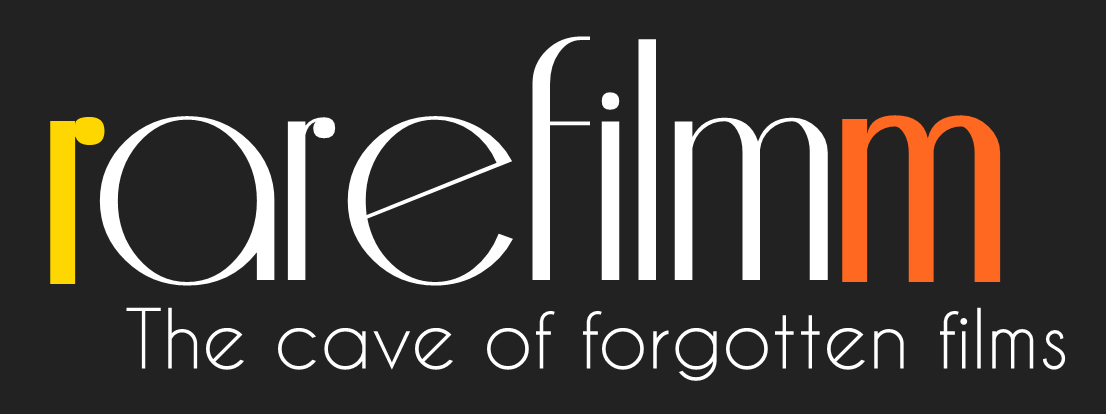The work of artist and photographer James Bidgood, Pink Narcissus is a breathtaking and outrageous erotic poem focusing on the daydreams of a beautiful boy prostitute who, from the seclusion of his ultra-kitsch apartment, conceives a series of interlinked narcissistic fantasies populated by matadors, dancing boys, slaves and leather-clad bikers.
Tag: 1970s
On December 30, 1931 a 17-year-old daughter of engineer Henryk Zaremba is murdered. Rita Gorgonowa, a housekeeper, nanny of Zaremba\’s children, and his lover is accused of the murder. It was the most sensational murder of those times, followed with interest by the general public in Poland. The film is a reconstruction of the events, in particular of the trial itself. Majewski\’s picture raises the issues related to the functioning of the judiciary system, stressing the fundamental principle of law that in order to sentence an accused person indisputable evidence of guilt is required.
Woody Allen talks about his life and work as a writer, dramatist and film-maker and discusses his creative sources, theoretical approaches and working methods. Shows scenes from some of his major films including “Annie Hall”, “Love and Death”, “Sleep”, “The Night Club Years” and “Take the Money and Run”.
Kurt Vonnegut, Jr., discusses his development as a writer, including reference to some of his major novels, his themes and their meaning, his relationship to other writers, problems in sustaining his special vision of American life, and his future. Accompanied by photographs which chronicle the author’s life and selections from home movies taken during his youth.
——UPGRADED——
Jakub, a dreamer and budding magician, juggles between parcels and services rendered to the villagers. His eyes cross that of the beautiful gypsy Jolanka. Together, they will try to live a first and big love, despite the pressure of their respective communities.
Shot in black and white, with a jazzy soundtrack and no dialogue at all, The Lift tells the classic story of man versus machine. First short film by Robert Zemeckis, made while he was studying in California.
Bank executive Rainier allows his firm to deliver adventurous investor Chevalier d’Aven a huge loan, with what he thinks is his employer Mirement’s total backing. Chevalier’s business proves indeed to be disastrous, which forces the bank to cover up its high deficits. News of the scandal breaks out, and the bank now sees Rainier as the one being responsible for it – he is laid off. Wife Celine and union representative Arlette suggest he should sue his former boss.
